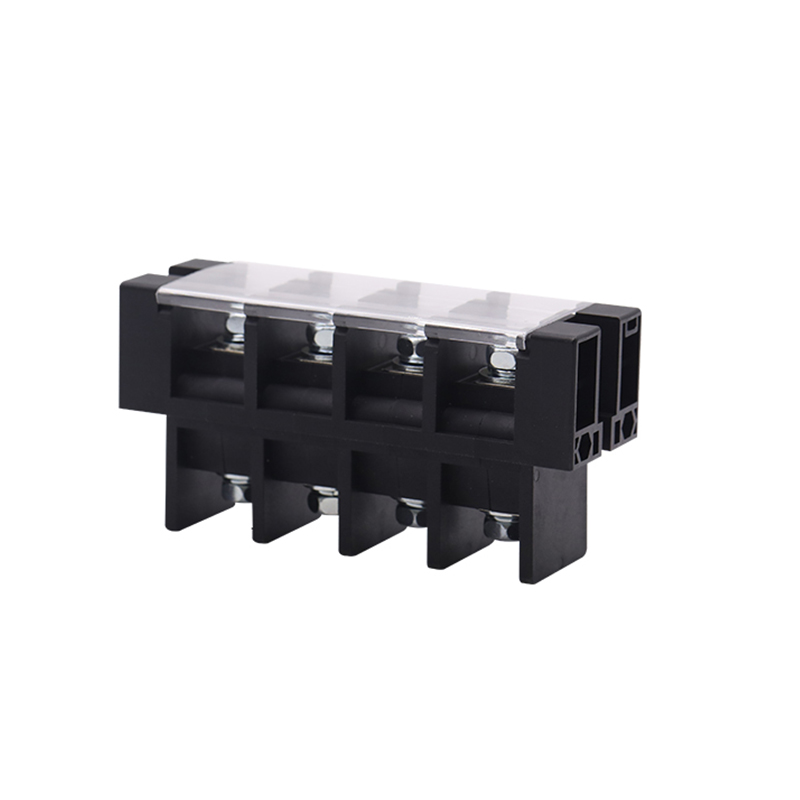What is the most common issue with terminal blocks?
2024-06-25
The most common issue with terminal blocks is improper or loose connections. This problem can lead to various operational and safety issues, including intermittent connections, electrical arcing, overheating, and potential system failures. Here are some detailed points about the causes and implications of loose connections, along with other common issues associated with terminal blocks:
Causes of Loose Connections
1. Improper Tightening: Terminals not tightened to the manufacturer’s specified torque can lead to loose connections over time.
2. Vibration and Movement: In environments with significant vibration or mechanical movement, connections can loosen if not properly secured.
3. Thermal Cycling: Repeated heating and cooling cycles can cause expansion and contraction of the connection points, leading to loosening.
4. Material Fatigue: Over time, the materials used in the terminal block (e.g., metals in the screws and contacts) can degrade, reducing their ability to maintain a tight connection.

Implications of Loose Connections
1. Intermittent Connectivity: Loose connections can cause intermittent connectivity, leading to erratic system behavior and potential data corruption.
2. Electrical Arcing: A loose connection can create small gaps that allow electrical arcing, which can damage the terminal block and connected equipment.
3. Overheating: Poor connections can increase electrical resistance, leading to overheating and potential fire hazards.
4. Component Damage: Loose or poor connections can result in voltage spikes or drops, which may damage sensitive electronic components.
Other Common Issues with Terminal Blocks
1. Corrosion: Exposure to moisture, chemicals, or other corrosive substances can lead to corrosion of the contacts, reducing conductivity and causing failures.
2. Improper Wire Insertion: If wires are not properly stripped or inserted into the terminal block, it can lead to poor electrical contact.
3. Over-Tightening: While under-tightening is a problem, over-tightening can also damage the terminal block or wires, leading to failures.
4. Insulation Damage: Improper handling or stripping of wires can damage insulation, leading to short circuits or other electrical issues.
5. Inadequate Current Rating: Using a terminal block that is not rated for the required current can lead to overheating and failure.
6. Mechanical Stress: Excessive mechanical stress on the terminal block or wires, due to improper mounting or cable management, can lead to connection failures.
Prevention and Maintenance
1. Proper Installation: Follow manufacturer guidelines for torque specifications and ensure correct wire stripping and insertion techniques.
2. Regular Inspection: Periodically inspect terminal blocks for signs of wear, corrosion, or loosening, and retighten connections as necessary.
3. Vibration Mitigation: Use vibration-resistant terminal blocks in environments with significant mechanical vibrations.
4. Environmental Protection: Use terminal blocks with appropriate environmental ratings (e.g., IP ratings) to protect against moisture and corrosive substances.
5. Thermal Management: Ensure adequate thermal management to prevent overheating due to high current loads or environmental factors.
6. Documentation and Training: Ensure proper documentation of installation procedures and provide training for personnel handling terminal block installations and maintenance.
By addressing these common issues through careful selection, proper installation, and regular maintenance, the reliability and safety of terminal block connections can be significantly enhanced.


